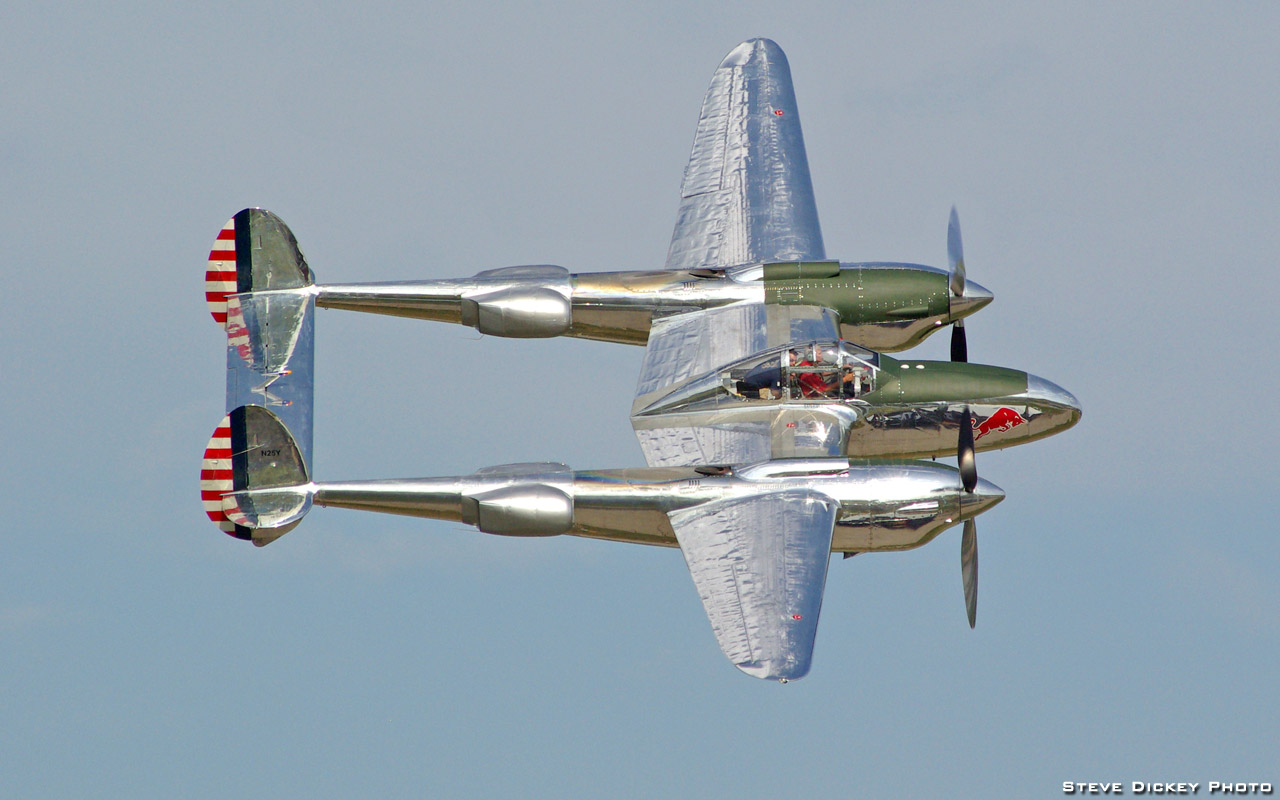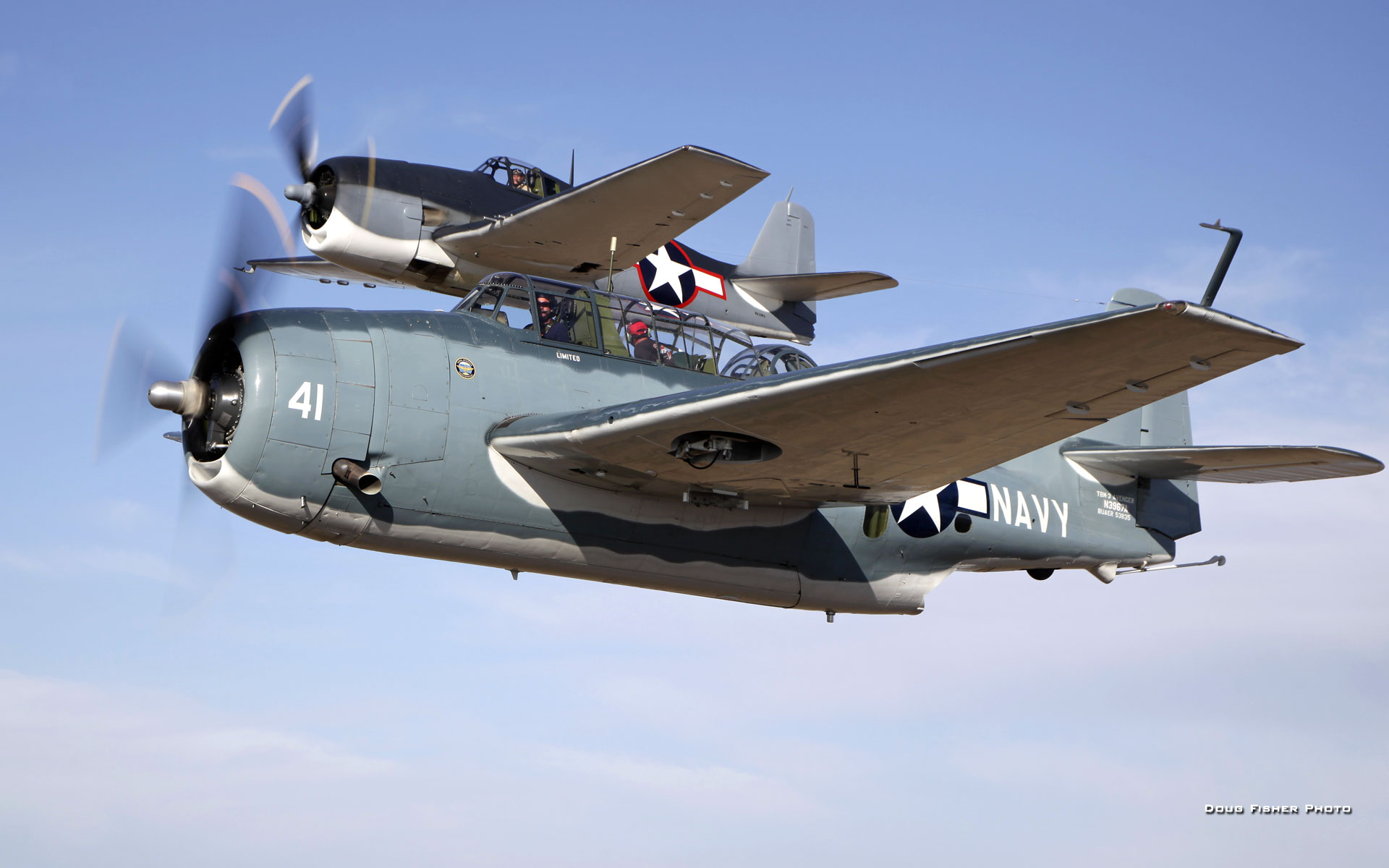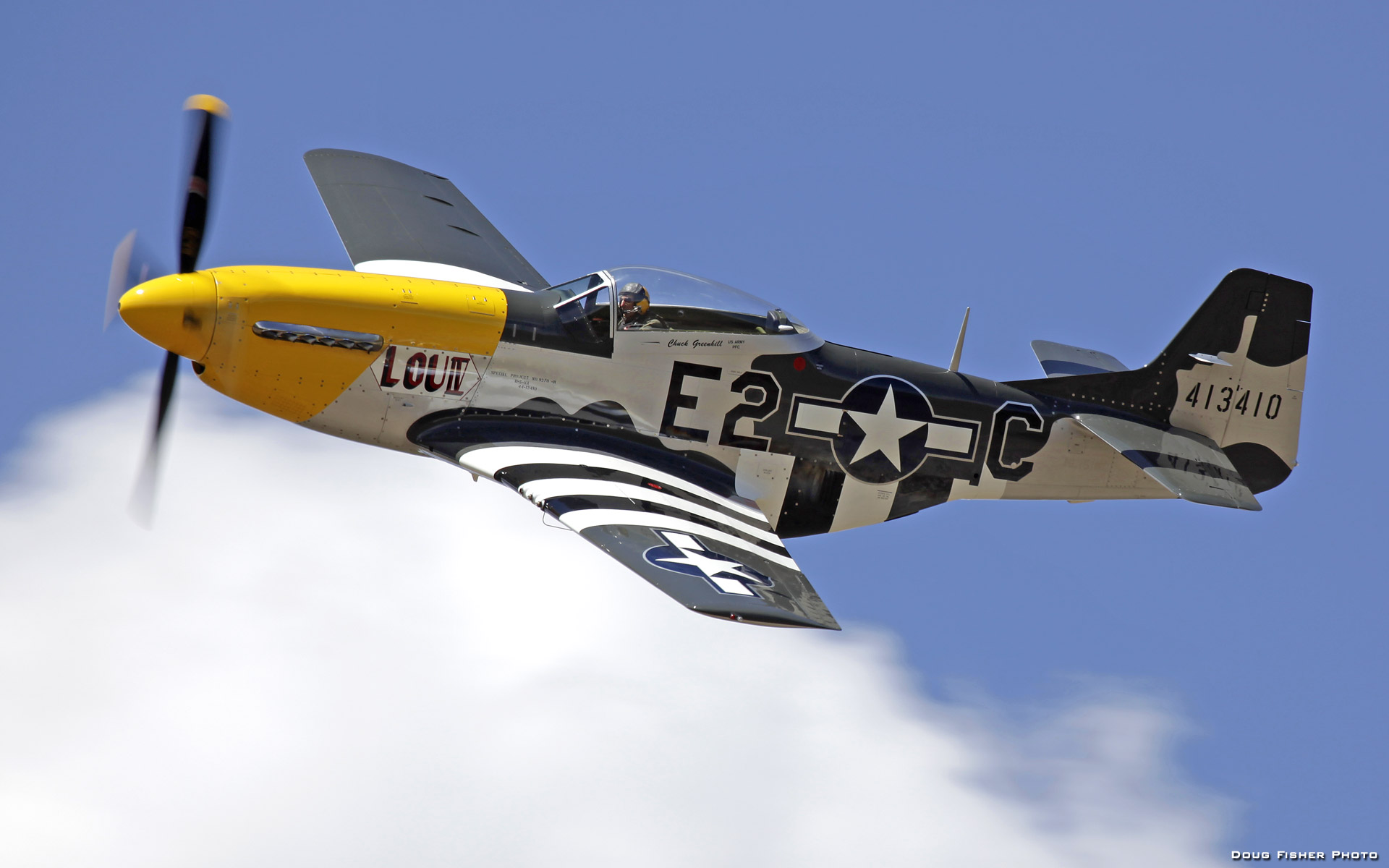In December 2003 we have celebrated 100 years of powered air flight. Century-long progress of aviation is amazing. Indeed, if we will look at the differences between Kitty Hawk and some flying marvel of modern technology, like, say, B-2 Spirit, we will see the changes of century-long progress. They are breathtaking. If only Orville and Wilbur Wright could see how far their experimentation with glued spruce and bicycle spokes will go.
There are signs that he way of progress is not always accompanied by roar and fumes. One day the limited supply of fossil fuels and inevitably growing price on use of incinerating technologies will put an end to everything that moves out of combustion. It is quite likely, that when this day will come, the spiral of progress will return us back to a pastoral reality of Huffman Prairie, field where Wright flyers were developed. Fumes and noise will be gone, and instead there will be light. And the light will keep our new silent flyers to go farther and longer than we could ever dream.
The aircraft of the future will be powered by light and it will be fumeless and noiseless. It will be driven by solar energy during the day and by beamed light energy during night. It will be serving to the needs of local individual transportation (substituting modern cars): even the range of daily transportation will be expanded from exhausting today 50 miles of driving to several hundred miles of pleasant flight. (Similar change happened with advent of Ford T and dwindling of horse-powered transportation). Scaled-up planes will work as long-distance passenger carriers, jumbo jets will be history. Never again the price of fuel will dictate the cost of long distance travel.
So what will be the specifics of such aircraft?
It will be built from lightweight composites.
The upper surface of airplane wings will be covered with solar cells. During the day flight the photovoltaic elements will convert light energy into electricity, which will run the motors of the plane. Part of this energy will be accumulated in the batteries for keeping engines running when the light is blocked by clouds or during the night. Sounds like too much dependence on capricious weather and too much battery weight? Perhaps, but the beamed energy can permanently fix both problems: reduce battery weight and eliminate the risk of power outage. Of course, this will take a network to build, but the effort will bring hundredfold benefits.
Imagine a network of airborne power stations, which will charge the passing aircraft with beamed energy of light. The stations can be lifted on aerostats fixed at 3 to 5 thousand feet altitudes and equipped with directed light sources (spotlights or lasers, this will depend on the range and type of photovoltaic elements on planes). Each airborne station could cover an area of at least 120 square miles. Alternatively, the beaming sources can be placed on towers: this will reduce the range of coverage and require additional photovoltaic cells on lower surfaces of the flyers. For the same time, ground-based stations will be much easier in operation and maintenance, not to mention building costs. The stations will be beaming light at passing aircraft and literally re-charging it with electricity.
Power beaming will be something similar to modern day in-flight fueling, excepting that the process will be much easier and safer to perform and it will be available to everyone. If in-flight charging still sounds too logistically challenging, as an intermediate solution the stations could charge hovering flyers, the process somewhat similar to modern-day car fueling at gas stations. In this case in-flight power beaming will be the next step of developing technology. Individual aircraft will fly in the night from station to station and as far as the network goes (on-board batteries will cover dark zones). When sun rises, the stations will be turned off till the next sundown or cloudy day.
I hope that this is where we are going now. Just imagine the inevitable: there will be the day when internal-combustion engines will become part of a history and individual, family-owned, light aircraft, likely capable of hovering, vertical take-off and landing (somewhat like tiltrotor V-22 Osprey) will be flying daily and safely from point A to point B without air pollution, without fumes and noise. They will rule the sky day and night. How realistic is this? There are full-scale working prototypes. To learn more about solar powered aircraft check the story by Ron Laurenzo about Solar Impulse plane in May 09 issue of Aerospace America. To find out more on the subject and applications of power-beamed transportation, please, visit the official web site of American Institute of Beamed Energy Propulsion.
Andrew Pakhomov is founder and president of American Institute of Beamed Energy Propulsion, a nonprofit scientific organization serving to development and popularization of this space technology of the future AIBEP He is also associate professor of physics at University of Alabama in Huntsville. To read more about fascinating field of beamed-energy propulsion, please visit official site of AIBEP.
A video showing an Aircraft hanging from a thread and what happens when the centre of pressure moves aft of the CG. Featuring BBC Radio Solent presenter Alin…
Video Rating: 4 / 5







